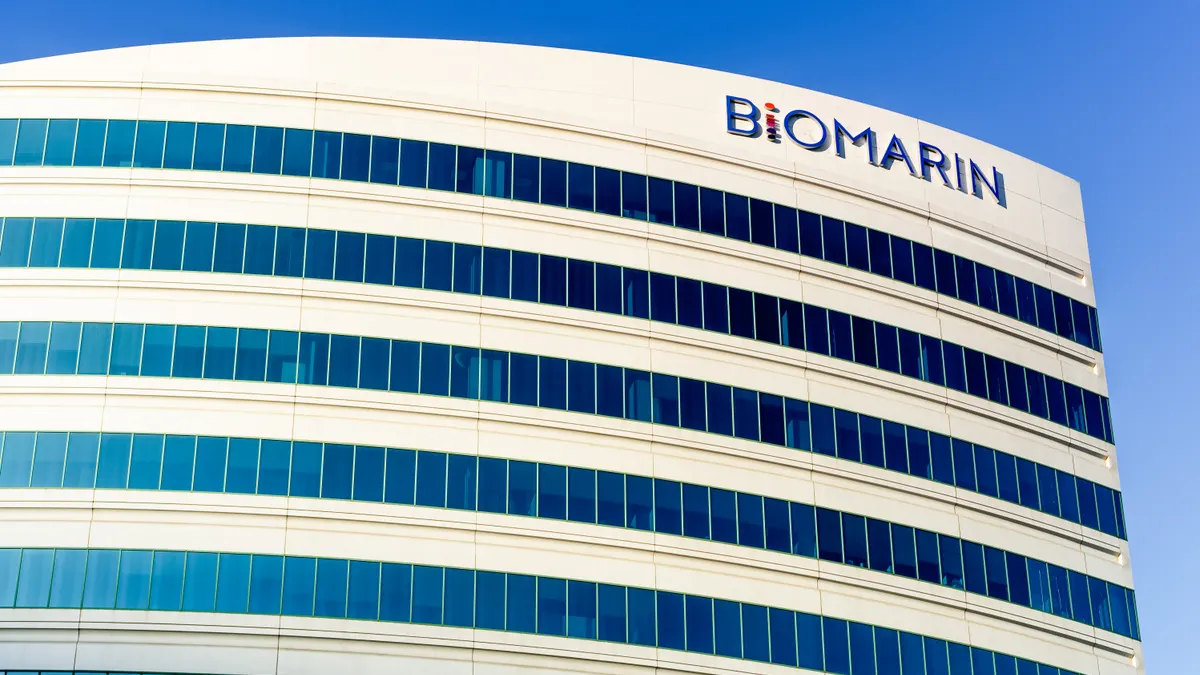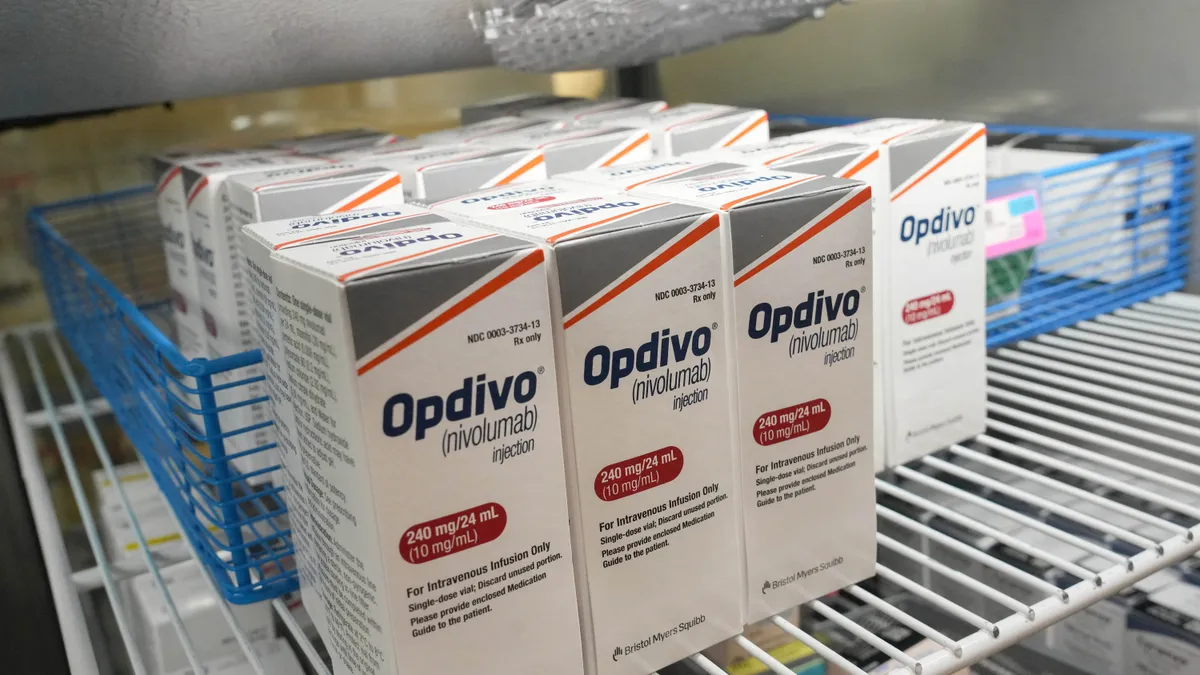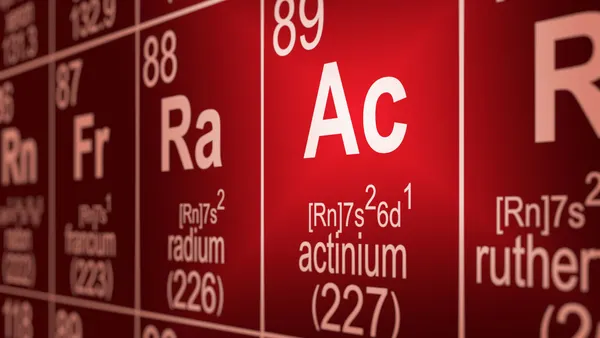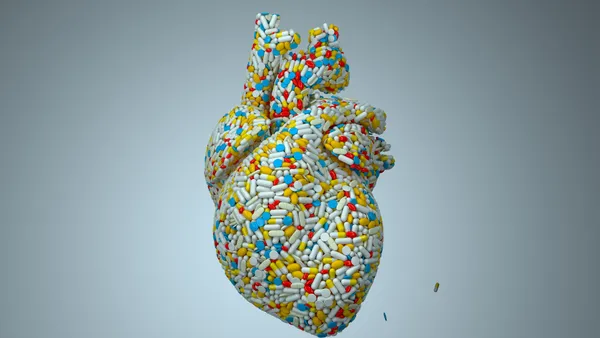BioMarin Pharmaceutical has brought eight rare disease drugs to market over the past 25 years, a record few companies in the biotechnology industry can match. But recently the company’s momentum has stalled and, over the past nine months, it has shed jobs, cut spending and shelved research projects in a major bid to revive its fortunes.
On Wednesday, executives unveiled their long-term plans for growth at an anticipated investor day, outlining guidance for revenue and new drug approvals over the next decade. They also debuted a new company structure that splits its business into three separate segments.
“We haven't just been planning and producing nice PowerPoint slides for the presentations today,” said CEO Alexander Hardy, who succeeded longtime company head Jean-Jacques Bienaimé in December. “We've taken on the big topics. We've been decisive, and we've executed really well on starting to pull through these decisions.”
BioMarin aims to bring in $4 billion in revenue by 2027, up from $2.4 billion last year, and maintain an annual growth rate in the mid-teen percentages through the decade, Hardy said.
Over that time period, the company is targeting 11 commerical drug launches, including additional indications for already approved medicines like Voxzogo, a treatment for a common cause of dwarfism.
Skeletal diseases broadly will become one of BioMarin’s three new business units, along with one around the company’s enzyme replacement therapies and one for its gene therapy Roctavian.
Voxzogo is the centerpiece of the skeletal diseases unit. BioMarin aims to secure additional clearances for the drug in five other conditions, which could bring the total eligible patient population above 400,000, according to the company.
“We're confident in a peak sales potential of greater than $5 billion for the skeletal conditions business at BioMarin,” Hardy said.
Wednesday’s investor day follows significant shake-ups at BioMarin, which just last week announced another round of layoffs that will cut about 225 jobs. The company previously trimmed its workforce earlier this year and late last year.
“We have already begun to implement significant cost transformation and efficiencies totaling $500 million in operating expense reductions,” Hardy said.
One reason for the slimdown has been the underperformance of Roctavian, which has brought in far fewer sales than BioMarin had expected this time last year. Last month, BioMarin said it would limit commercial sales of the hemophilia gene therapy to Italy, the U.S. and Germany. The company hopes a lower cost base could help it reach profitability with the drug by next year.
BioMarin has also trimmed its pipeline, culling several programs in April in favor of three it says hold higher potential. The three newly prioritized medicines are in development for Duchenne muscular dystrophy, alpha-1 antitrypsin deficiency and von Willebrand disease.
On Wednesday, company executives said dealmaking, while not needed to meet its goals, might also be on the agenda. Hardy said BioMarin is open to opportunities less than $1.5 billion in size, noting how the challenging market environment for smaller biotechs has created a “target-rich environment.”
The company recently appointed James Sabry, who led pharma partnering for Roche, as its new chief business officer.
“I think the appointment of James Sabry, who's one of the most well-known dealmakers with a track record of over 1,500 deals done, should give investors confidence that we're going to do good deals really well,” Hardy said.
Along with Sabry, BioMarin last month also named former Amgen executive Greg Friberg as its new chief R&D officer.
Shares for BioMarin had fallen by nearly 2% at Wednesday's market close.
Ned Pagliarulo contributed writing.















